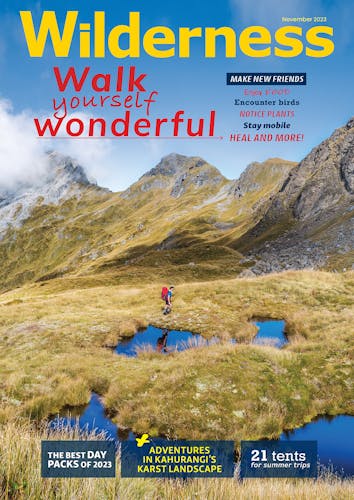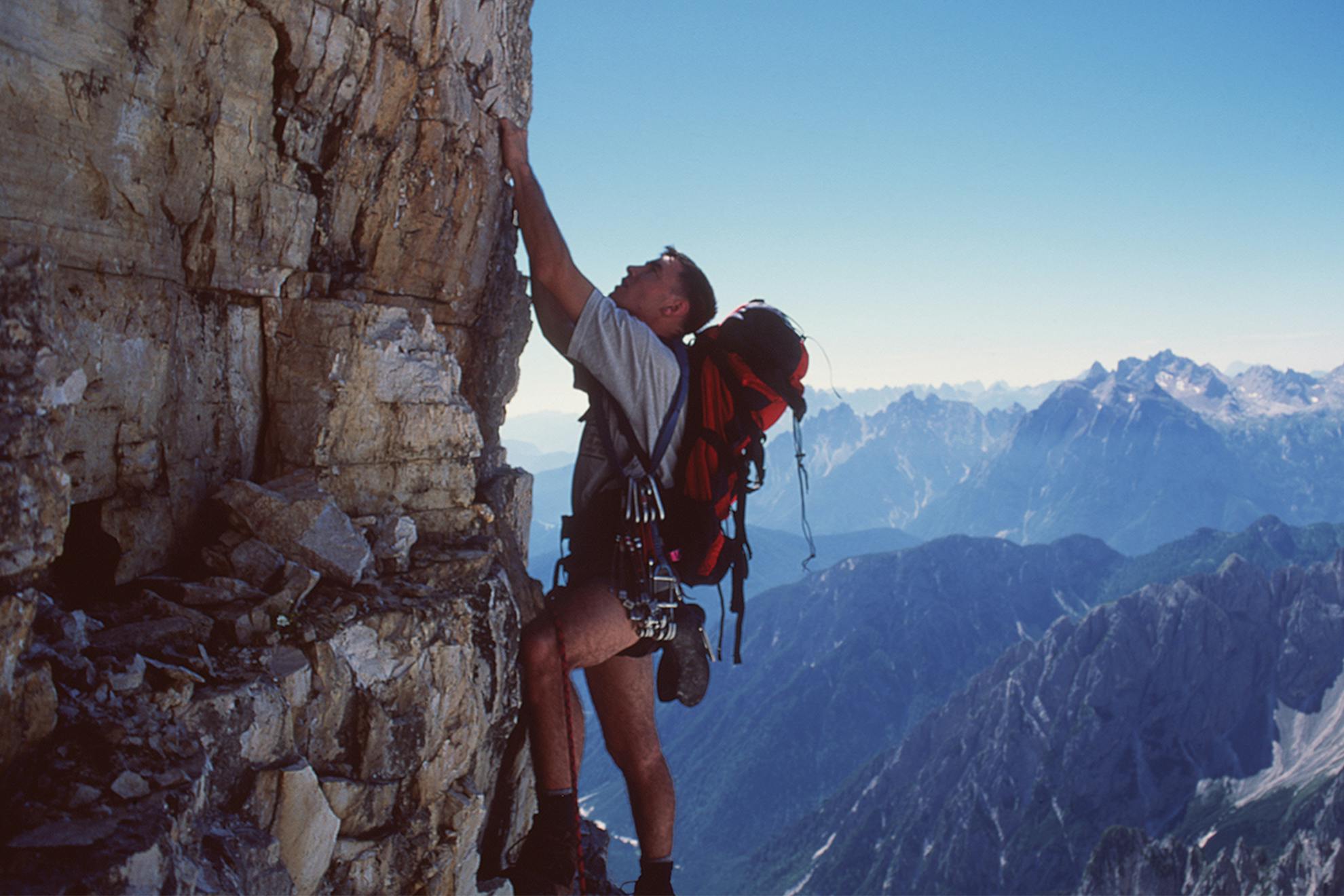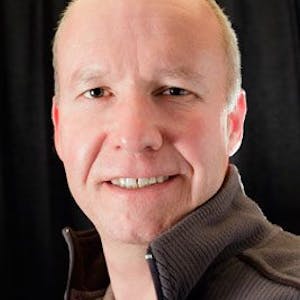Thirty years ago, Richard and Kevin Ackerley took 125 days to travel from the North Island’s East Cape to Fiordland’s West Cape, an expedition described as ‘one of the greatest wilderness journeys ever done in New Zealand’.
Richard Ackerley started young, eagerly devouring stories about veteran Kiwi mountaineers. His youthful reading sparked an ambition to test his outdoor skills, mental fortitude and stamina. Like kids in a candy shop, he and his older brother Kevin collected a bucket list of peaks and places to visit before they settled into ‘normal’ life. This epic journey would become the brothers’ rite of passage to manhood.
On November 14, 1994, they began their expedition by climbing Mt Hikurangi, towering 1752m above the Pacific. After cycling to the beach at Te Araroa and through the Bay of Plenty, they rafted down the Tongariro River with their family. During this section, Richard celebrated his 21st birthday.
From Wellington, they kayaked across Cook Strait. Richard wrote in Arahura: Pathway to the setting sun: ‘At first it was good to get into the paddling routine, but it looked as if it would take an age to reach the South Island, which was just a blue smudge on the horizon.’
The pair paddled the Marlborough Sounds for two weeks before reaching Havelock, then cycled over Maungatapu Saddle to Nelson and west to the top of Tākaka Hill. Friends supplied caving gear for a descent of Harwoods Hole – the deepest vertical shaft in New Zealand (176m), which connects to Starlight Cave, the exit route. As Richard belayed his mates into the blackness beneath, he watched them disappear. ‘It was finally my turn,’ he wrote. ‘I felt like a spider on a thread as I rappelled further down. Below my feet was a nylon highway to the tiny pinpricks of light where the others were at the bottom.’
Following this subterranean adventure, the brothers biked to St Arnaud then used the tracks and huts of Nelson Lakes National Park and Lake Sumner Forest Park to hike to Arthur’s Pass.
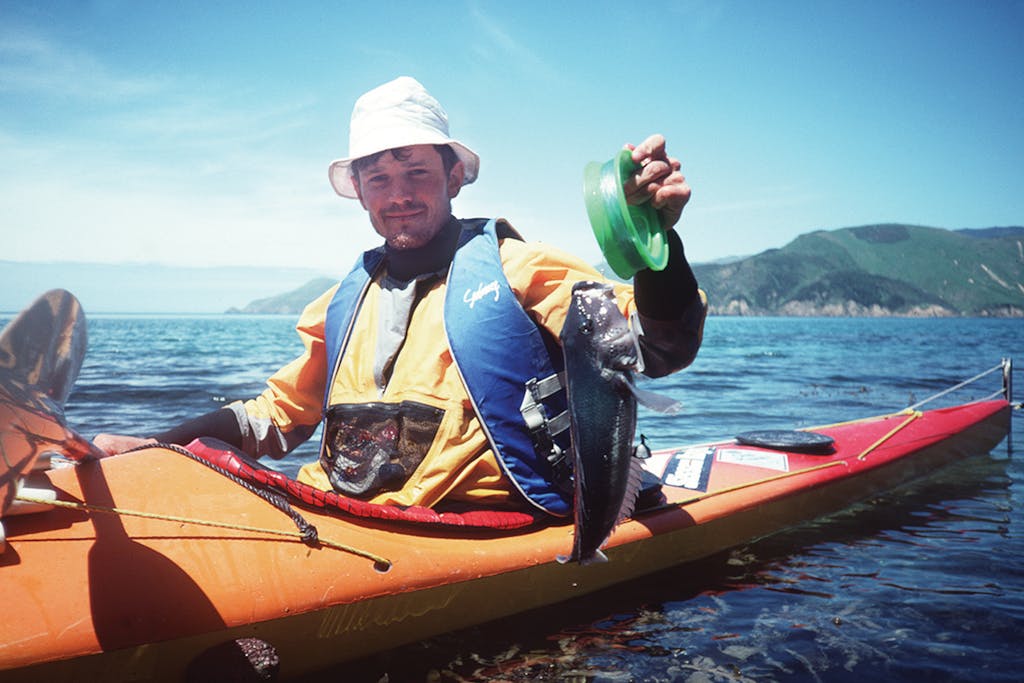
Their mates Brad and Howie joined them there to form a strong team to tackle the Southern Alps. They negotiated the big rivers such as the Wilberforce, Mathias, Rakaia and Ramsay with care. After cramponing up the Lyell Glacier, they attempted to cross McCoy Col in a full-blown whiteout. Richard was keenly aware of the potential for error.
‘I looked back into the dimensionless void we had come from. As soon as they were formed, our footprints disappeared under a shroud of new snow. We felt very small, like an island of humanity in a sea of deathly whiteness.’
Over the following week the men enjoyed remarkable success, and made lightning-fast ascents of 16 peaks, many over 3000m high.
From Plateau Hut, Richard, Kevin and Brad headed up the Linda Glacier to bag five peaks in an 18-hour push. They summited Malaspina by dawn, then Mt Vancouver, traversed the ridgeline to Mt Dampier and abseiled down to Green Saddle for lunch. Towering above was the intimidating North Ridge of Aoraki / Mt Cook, the original route climbed by Graham, Clarke and Fyfe 100 years earlier. Four hours of sustained vertical ascent saw the trio reach the summit, edging along the razor-sharp ridge to the apex of New Zealand, 3724m.
As if this wasn’t enough, they managed a grand traverse of Aoraki via Zurbriggen’s route up the East Face, where they tip-toed along ‘the highest mile in New Zealand’.
From the Hooker Valley, the squad went over the Main Divide and down the Landsborough River.
Next was the trampers’ trade route through Mount Aspiring National Park: up the Wilkin River, over Rabbit Pass and Cascade Saddle to the Rees–Dart and Routeburn tracks. Along the way they summited Mt Aspiring and Mt Earnslaw.
In the Darran Mountains the Ackerleys bagged Mt Sabre and then Mt Tutuko, the highest peak in Fiordland.
It was the end of February when Richard and Kevin began the final leg of their journey: kayaking from Milford Sound to West Cape.
Along the Fiordland coastline they fought fear, hunger, fatigue, incessant rain and hordes of sandflies. Day after day, the brothers paddled further south. Landmarks slid by: Doubtful Sound, Dagg Sound, Breaksea Sound, Acheron Passage, Dusky Sound.
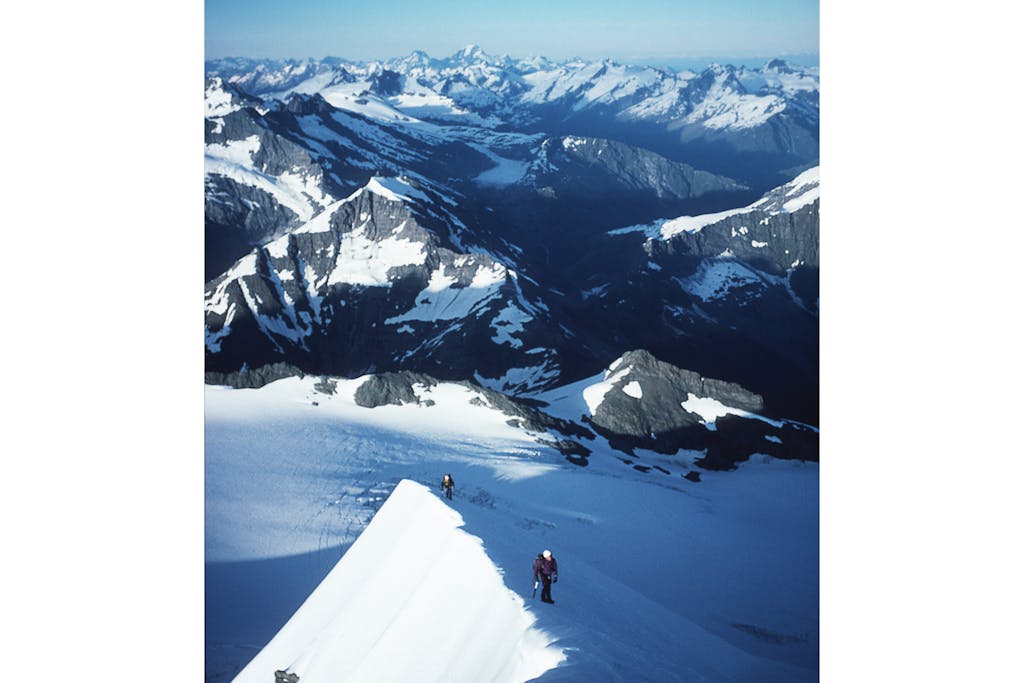
At Juno Bay they were caught out. ‘I heard an unmistakable sound from behind me,’ Richard recalled in his book. ‘It was one of those terrible moments when things happen quickly, but time seems to slow down … I caught a glimpse of a vast, curving green wall. In that instant of recognition, I knew there was no escape. Adrenalin took over and the paddle in my hands behaved like an eggbeater. Just before the wave struck I braced left, then right, trying to surf it. I capsized and got disoriented. I grabbed for the eject handle on my paddle skirt, rolled out into the aerated water, and gasped for air.’
Badly shaken by the rogue wave, the brothers managed to swim their kayaks to shore.
Undeterred, they continued south and on March 17 nervously ventured from Pickersgill Harbour into tumultuous seas. Exactly 125 days after departing East Cape, they paddled around West Cape, their ultimate goal. Against the odds, the siblings had completed the first continuous journey from east to west, under their own steam.
Richard continued exploring, including soloing both the Matterhorn and Cerro Aconcagua. In July 1999, while climbing in Pakistan with a friend, he fell to his death on Shimshal Whitehorn Mountain in the Karakoram Range. Richard’s body could not be recovered. He was only 25.
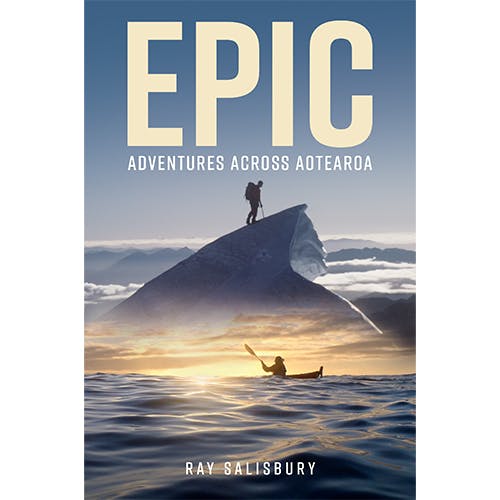
This is an amended excerpt from Ray Salisbury’s new book, Epic: Adventures across Aotearoa. Published in November by Exisle Publishing, the 256-page anthology features 12 endurance epics by Kiwis.





